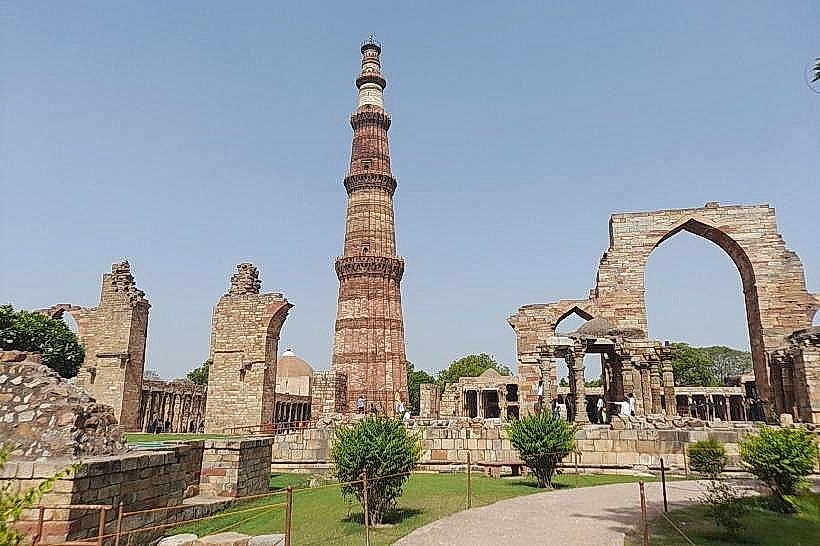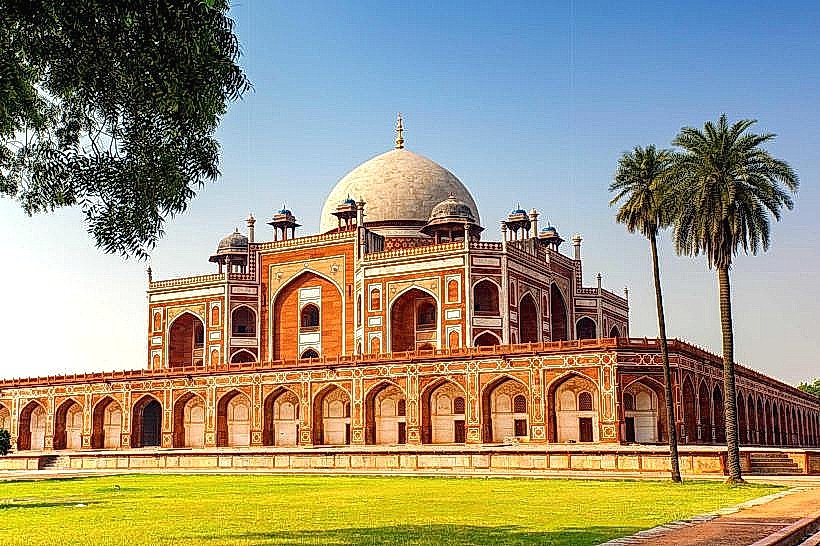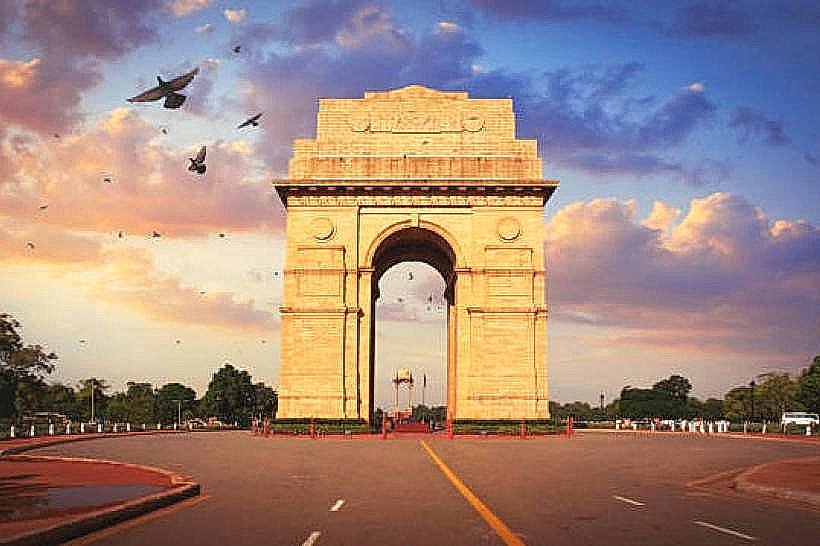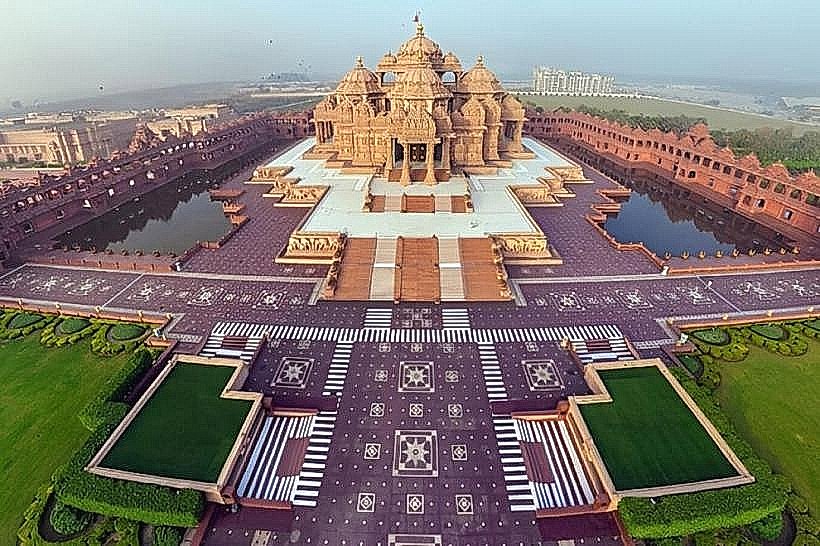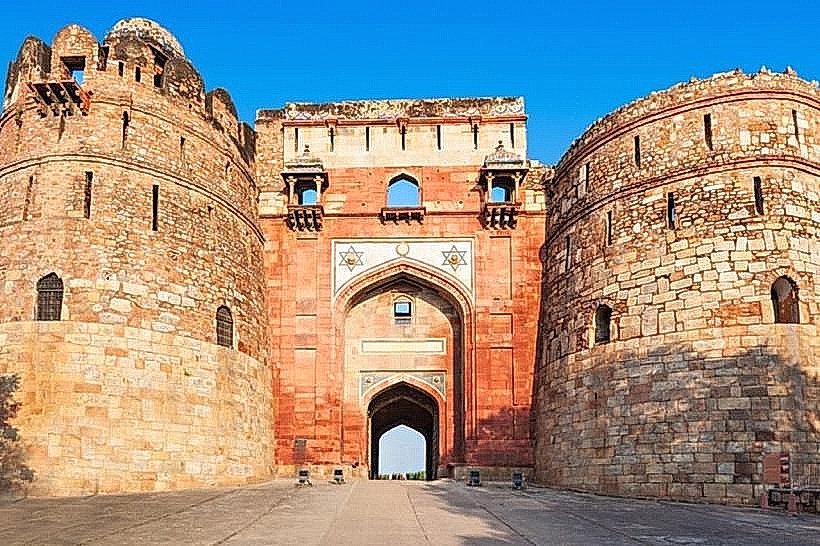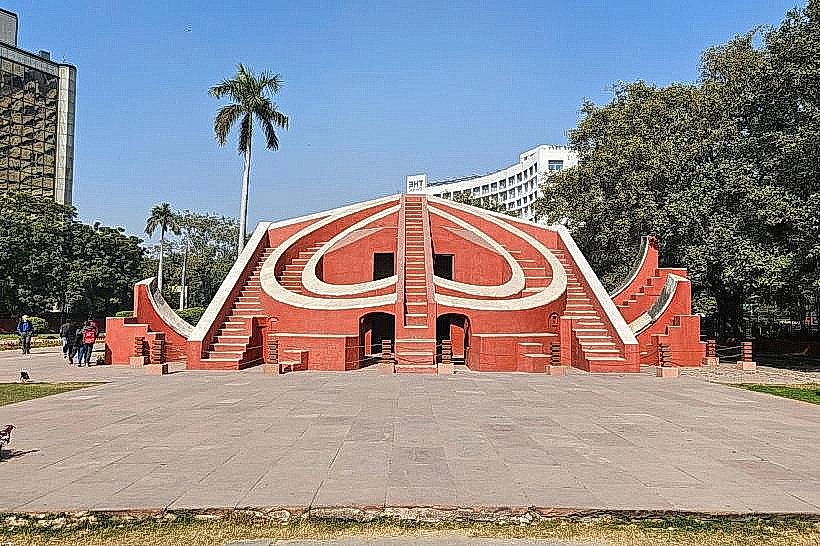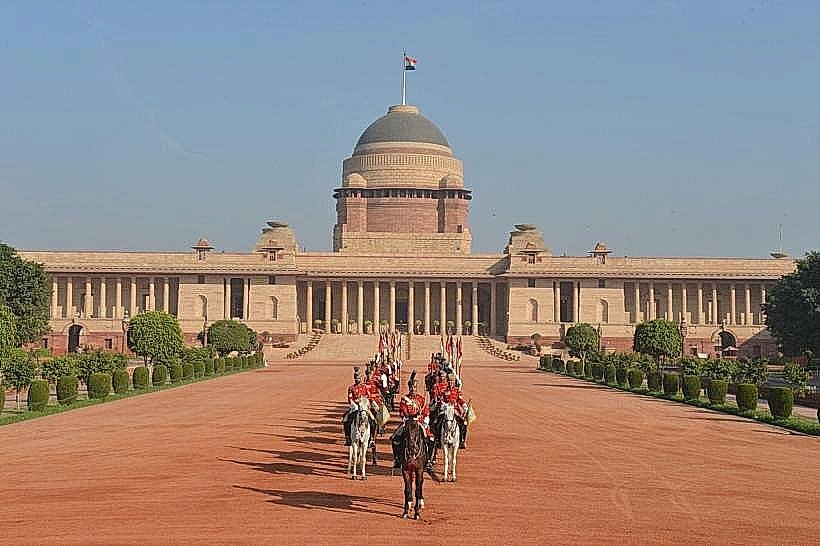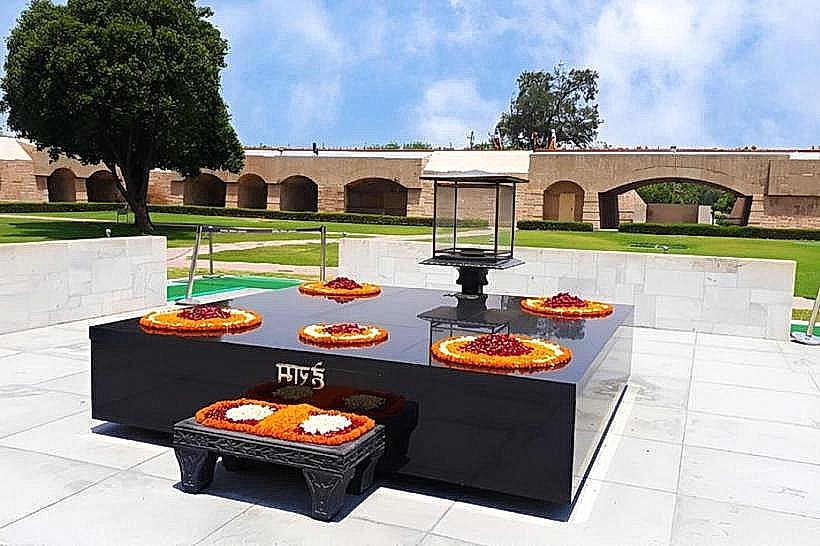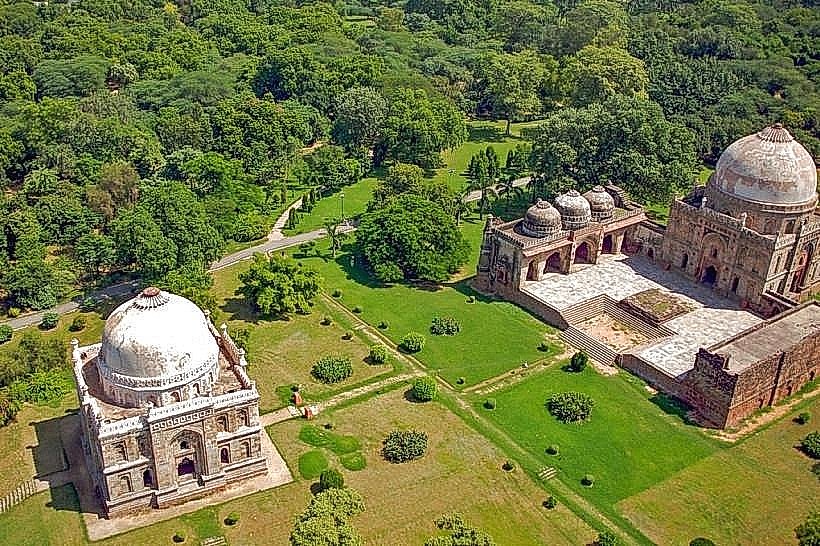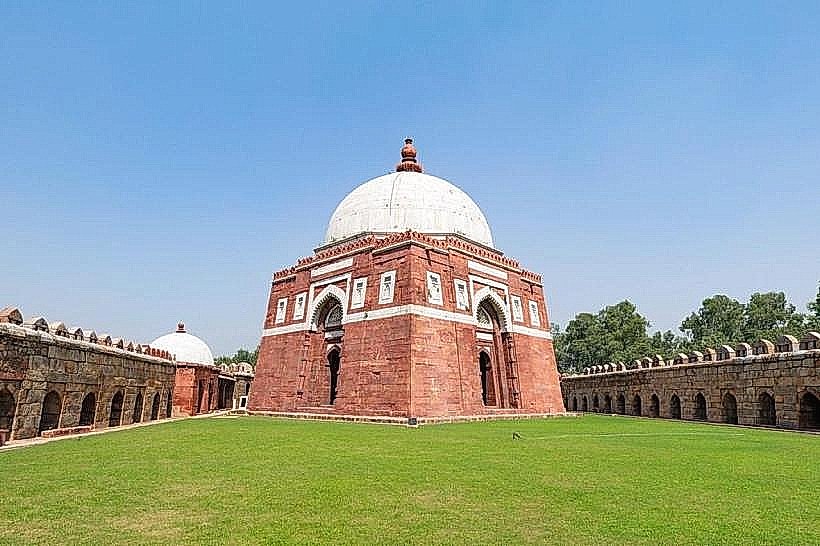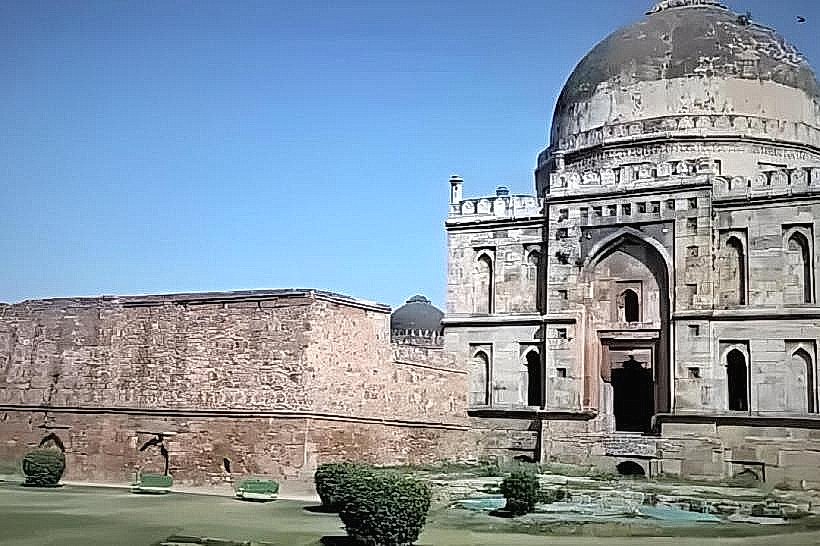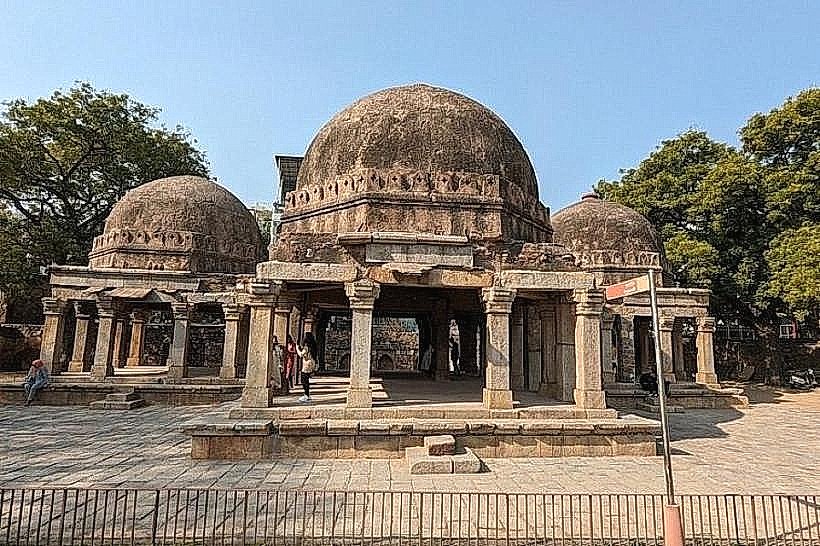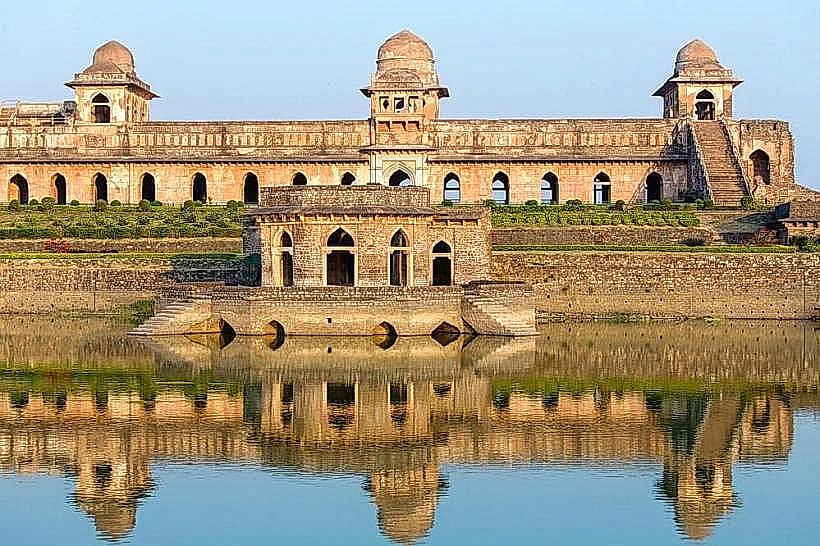Information
Landmark: Safdarjung’s TombCity: New Delhi
Country: India
Continent: Asia
Safdarjung’s Tomb, New Delhi, India, Asia
Overview
In South Delhi stands Safdarjung’s Tomb, a grand Mughal-era mausoleum built in 1754 for Safdarjung, the influential prime minister who served under Emperor Ahmad Shah Bahadur-its sandstone arches still glow warm in the afternoon sun, moreover many regard it as one of the final monumental tombs of the late Mughal era, its fading grandeur softened by elegant arches, perfect symmetry, and delicate carved details catching the afternoon light.The tomb’s architecture is built mainly from red sandstone, with cool white marble tracing its arches and carving out the finer decorative details, while it rises from a square stone platform, its broad dome gleaming at the center while four tall, eight-sided minarets guard each corner.The tomb sits at the heart of a four-part Mughal charbagh, where narrow water channels glint in the sun and neat paths slice the green lawns into perfect, symmetrical quarters, also safdarjung’s cenotaph stands in the central chamber, its marble carvings catching the light, while narrow corridors and petite vaulted rooms curve around it.The façade shows off arched doorways, finely carved jali screens that filter the light, and graceful niches, blending Persian elegance with the richness of Indian Mughal design, along with safdarjung’s Tomb stands as the last graceful flourish of Mughal funerary art, its pale sandstone glowing softly in the afternoon light before the empire’s long decline.Though it’s smaller and less polished than grand tombs like Humayun’s or Akbar’s, it still carries the Mughal spirit in its balanced gardens, mirrored paths, and finely carved stone, on top of that the tomb also shows Safdarjung’s political weight, marking him as a central figure in the fading days of Mughal rule-the carved sandstone walls still carry that quiet authority.Visitors wander through the wide, fragrant gardens, pause to trace the neat geometry of the paths, then step inside to explore the tomb’s cool chambers and airy terraces, in turn the central dome rises with a bold sense of height and grandeur, while the gardens around it stay quiet and green-a calm spot for reflection or a quick photo by the pond.Visit in the early morning or as the day winds down, when the low sun warms the red sandstone and makes the white marble glow, along with water trickles through the garden channels while birds chatter in the trees, filling the air with a calm, steady rhythm.At Safdarjung’s Tomb, the air feels still and thoughtful, the sandstone glowing softly in the afternoon light, to boot away from the crowded tourist hubs, it feels calm and open, inviting visitors to notice the carved stone arches and linger in the quiet gardens.Formal Mughal garden paths, the graceful bulk of the tomb, and light shifting across red sandstone come together to form a rich, layered scene that whispers of an empire losing its shine, as well as safdarjung’s Tomb stands out in novel Delhi as a glimpse into late Mughal elegance-a spot where red sandstone arches meet quiet gardens, offering a peaceful pause amid the city’s constant hum.
Author: Tourist Landmarks
Date: 2025-11-18


